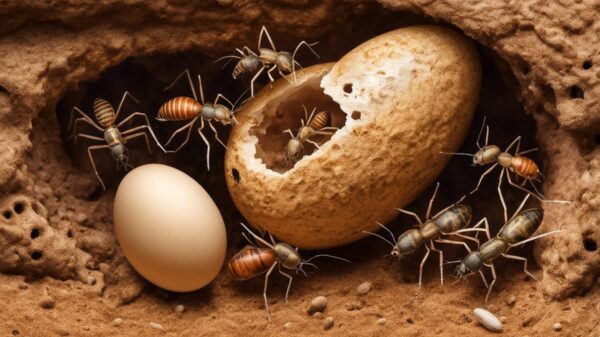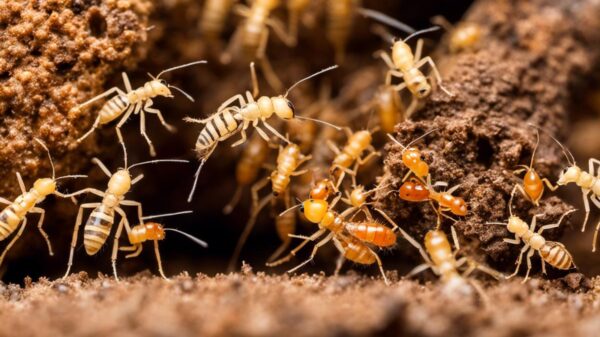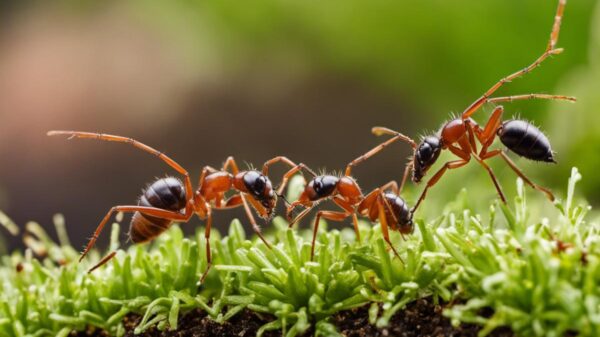As we navigate the challenges of cohabitating with nature, one of the perhaps less welcomed guests in our environments, particularly near waterfronts, are dock spiders. Known for their often intimidating size and their affinity for docks and other waterside structures, these spiders bring a mix of fascination and unease. Being informed about their habits, habitats, life cycle, and effective measures for control and removal can empower us. We can enhance the equilibrium of our shared spaces through preventative strategies, diligent housekeeping, and safe, well-executed removal methods.
Understanding Dock Spiders
What is a Dock Spider?
Dock spiders, commonly referred to as fishing spiders, are large arachnids found near water bodies like lakes, marshes, rivers, ponds, etc. Native to North America, these spiders fall under the genus Dolomedes and are often seen around docks, hence the name. Dock spiders are rather large, with their body size alone reaching up to an inch and their overall span, including their legs, stretching up to 4 inches.
Understanding Dock Spider Biology
Dock spiders are nocturnal creatures that are active mainly during the night. They possess an impressive swimming ability, which they utilize to catch prey or flee predators. Dock spiders don’t rely on webs for hunting. Instead, they use a unique, sit-and-wait hunting strategy where they patiently wait for prey to come close and then strike. They generally feed on small insects, tadpoles, fish, and even other spiders.
Dock spiders’ life cycle starts when the female lays eggs in a silk sac and carries it around to protect the eggs. After hatching, the spiderlings stay with their mother for a few days before they go their separate ways. Their lifespan typically ranges from one to two years.
Habitation and Hiding Spots
Dock spiders usually prefer living in places close to water bodies, particularly where there’s plenty of vegetation or hiding spots. You may often find them around docks, boathouses, rock crevices, or on plants near the water. Inside homes, they may inhabit areas with high humidity, such as basements and crawl spaces.
Attraction and Breeding Patterns
Dock spiders are drawn to places with abundant prey sources. Areas with high insect populations due to lighting at night or proximity to water bodies are likely to attract these spiders. The breeding season for dock spiders usually occurs during the spring and summer months. After mating, the female lays eggs and protects the egg sac until the spiderlings hatch.
Dock Spider Control and Removal
Once you understand the biology, habits, and habitats of dock spiders, you’re better equipped to control and remove them. Start by reducing their food sources. This could involve turning off unnecessary outdoor lights at night that attract insects, or controlling insect populations around your house and backyard.
Sealing cracks and gaps around your house can prevent these spiders from entering your home. Regularly cleaning and vacuuming your basement, attic, and other secluded spaces can also deter these spiders from settling in.
In the yard, remove debris and keep vegetation well-trimmed to eliminate potential hiding spots. Professional pest control can be considered for thorough dock spider removal. After all, it’s key to remember that dock spiders are generally harmless and play a significant role in the ecosystem by controlling the population of pests and other small insects.
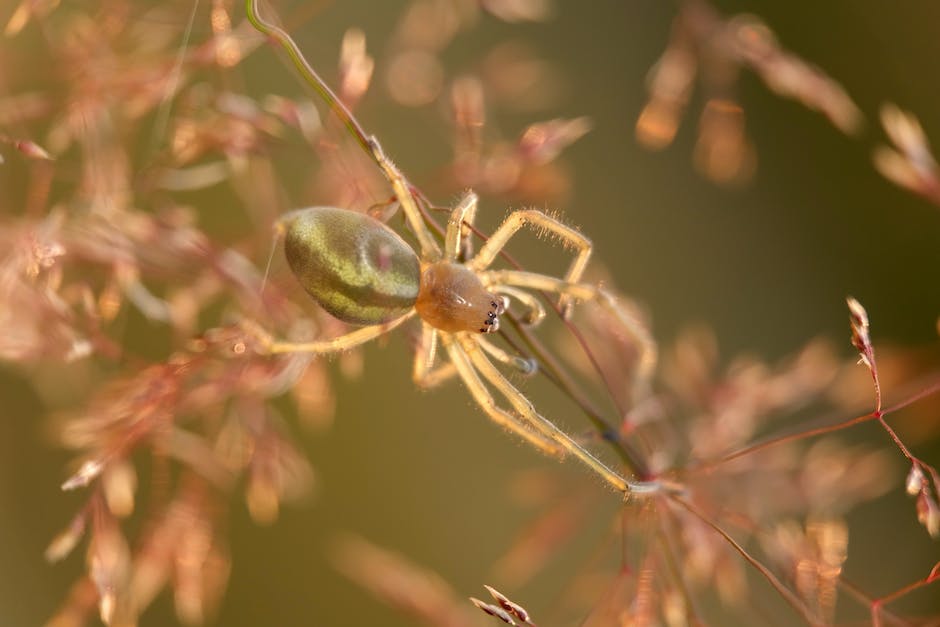
Prevention Measures
Understanding Dock Spiders: An Overview
Dock spiders, also known as fishing spiders, are one of the largest types of spiders in North America. They are typically found near bodies of water, but they can also invade homes and yards if given the opportunity. While these spiders are not dangerous to humans, their large size and rapid movement can be unnerving.
Effective Housekeeping for Dock Spider Control
Keeping a clean house is an essential part of dock spider control. These spiders are attracted to clutter, as it provides them with plenty of hiding spots. Regularly clean your house, making sure to dust and vacuum often to remove any potential hiding spots for dock spiders. Pay close attention to areas that are darker or more secluded, such as basements and crawl spaces, as these are prime spots for dock spiders to hide.
Yard Maintenance for Spider Prevention
Proper yard maintenance can also deter dock spiders from taking residence. Keep your lawn well-trimmed and free of debris. Piles of leaves or grass clippings can provide the perfect hiding spot for dock spiders. Also, consider removing or trimming plants that are near the house as they can provide spiders with an easy access route.
Blocking Entry Points
Dock spiders are skilled climbers and can easily gain access to your home through small cracks or openings. Therefore, it is vital to block any potential entry points. Check your home’s foundation, windows, and doors for gaps and seal them. Screens on doors and windows should also be well-maintained to prevent spiders from crawling through.
Using Natural Repellants
A variety of natural repellants can be used to deter dock spiders. Certain plant species such as lavender, mint, and lemongrass are known to repel spiders. Planting these around your home can create a natural barrier. Furthermore, essential oils including peppermint, tea-tree, and eucalyptus can also deter spiders. Spray these oils around your home, especially in areas where you’ve seen spiders. Citrus fruits and their peels, which can be scattered around your property, are also known to repel spiders.
Remember, prevention is the most effective method of dock spider control.
Keep your home and yard clean, seal off entry points, and utilize natural spider repellants to keep these eight-legged creatures at bay.
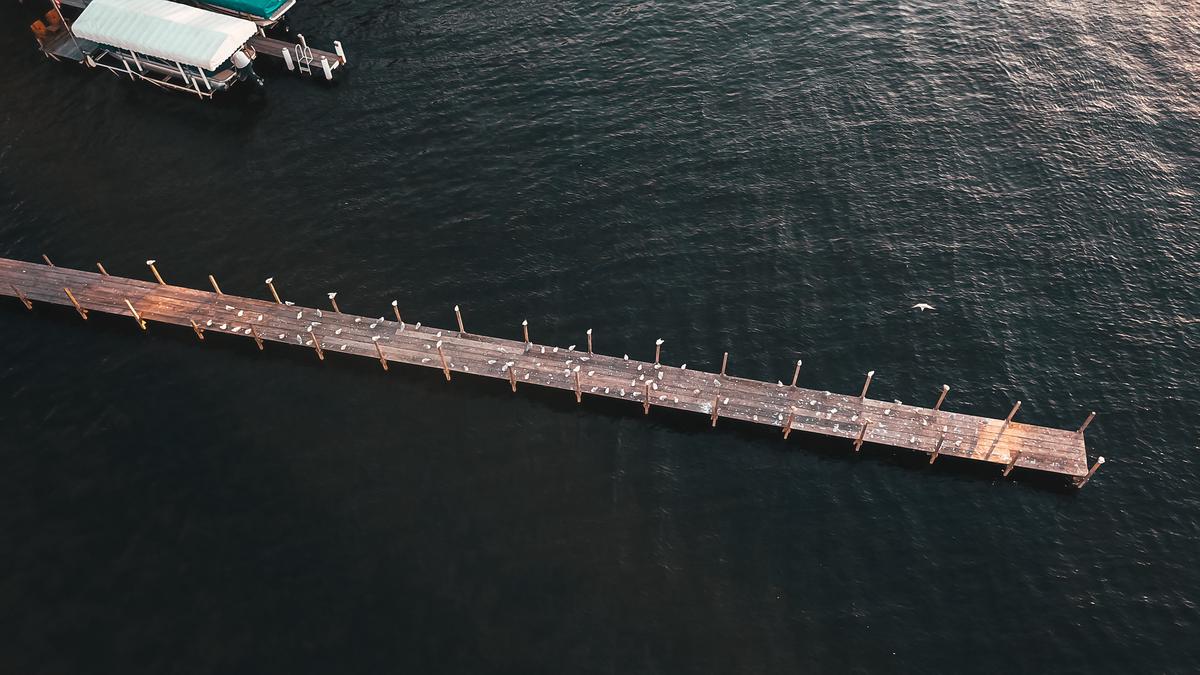
Photo by daunation on Unsplash
Chemical and Non-Chemical Removal Methods
Chemical Control for Dock Spiders
Dock spiders can be controlled using pesticides or insecticides specifically designed for spider extermination. Some of the most effective options include pyrethroids and pyrethrins, which are commonly used in insect sprays. It is essential to follow the instructions provided on the product’s label regarding the correct application to ensure effectiveness and safety.
Please note that while using chemical means, precautions must be taken. Always avoid contact with skin or eyes, and consider wearing protective clothing such as gloves and goggles. The area treated must be kept clear of children and pets until the pesticide has completely dried, and adequate ventilation should be ensured post-usage. It is recommended to test the product on a small area first, to check for any undesirable effects.
Non-Chemical Methods for Dock Spider Control
There are several non-chemical means of dock spider control. These include:
- Traps: Spider traps work by luring spiders onto sticky surfaces where they are trapped and eventually die. These traps should be placed in areas where spiders are often seen.
- Electronic Repellents: Electronic pest repellers emit ultrasonic or electromagnetic waves that are said to repel pests, including spiders. The effectiveness varies, and it might be best suited in combination with other methods.
- Manual Removal: This involves physically removing the spider and its web. It is advisable to wear gloves and use a tool like a long stick to avoid direct contact.
- Professional Pest Control Service: If dock spiders are numerous or the infestation is too severe, hiring a professional pest control service can be the most effective and safe solution. These services offer various spider removal methods, including both chemical and non-chemical techniques, that are executed by trained technicians.
Natural Remedies for Dock Spiders
Several natural remedies may help deter dock spiders. These include the use of certain essential oils which spiders do not like, such as peppermint, tea tree, or eucalyptus oil. Spraying these oils around your dock or home can prevent spiders from entering. Other natural substances that can repel spiders include vinegar, diatomaceous earth, and citrus peels.
Prevention: The Best Dock Spider Control
To avoid dealing with dock spiders, taking preventive measures is key. Keep your dock clutter-free, as spiders often hide in piles of wood, equipment, and other messes. Regularly clean the dock and remove any webs you see. Ensure proper lighting, as spiders are attracted to dark corners, and make it harder for them to climb up the dock by removing any pathways or plants they can use to do so. Lastly, organic matter like wood or leaves can attract insects, which in turn attract spiders, so keeping your dock free from such materials can also help in spider prevention.

Evaluation of Control Measures
Understanding Your Dock Spider Control Measures
The first step in evaluating the effectiveness of your dock spider control measures is to understand the steps you have taken. This could include the application of pesticides, the use of natural predators, or the implementation of preventative measures like sealing cracks and crevices. Note down all actions and their respective timings in your log. This will serve as your baseline data for comparison, allowing you to observe changes in dock spider activity effectively.
Regular Inspection of Dock Spiders Habitat
Dock spiders often inhabit dark, quiet, secluded areas such as docks, boat houses or sheds. It is essential to conduct regular inspections of these areas to observe any changes which may indicate a decrease or resurgence in dock spider populations. Look out for signs like spider webs, shed skins, or egg sacs, which are small, brown, tear-shaped pouches often found near the water line.
Monitoring Dock Spider Activity
Another effective way to evaluate your dock spider control measures is to look for changes in spider activity. This can be done by periodically checking the spaces around your area during dawn or dusk, which are their most active periods. Look out for dock spiders crawling on the walls, fences, or even swimming on the surface of the water.
Use of Spider Traps
Installing spider traps around your area can be an effective strategy to gauge the effectiveness of your control measures. These traps can help you monitor fluctuations in the dock spider population over time. Remember to regularly check the traps for trapped dock spiders and note down any changes in the number of trapped spiders in your log.
Consultation with Pest Control Professionals
If you’re still unsure of how effective your control measures are, consider consulting with a pest control professional. These experts can provide a more thorough and accurate assessment of your dock spider situation, giving you a better understanding of whether your efforts are truly working or if there’s a need for a different approach.
Learning from Past Experience and Planning Future Strategies
Using your log where all the actions and observations were noted, evaluate the steps that were effective and those that weren’t against the dock spider problem. This evaluation allows you to learn from your past experience and thereby craft more effective preventative and control strategies for the future. Keep in mind that dock spider control can take time and patience, and it may require multiple attempts and various approaches to successfully manage the population.

Navigating the world of dock spider control and removal demands a comprehensive understanding, backed by ongoing measures which are properly evaluated for their effectiveness. While we can take steps to minimize their presence in and around our homes, it’s also important to remember that dock spiders have a role to play in our ecosystem. Thus, achieving a balanced strategy is crucial. As you reinforce your knowledge on their biology, fortify your home through preventive methods, and correctly apply both chemical and non-chemical removal measures, you’ll be well-equipped to coexist peacefully with these fascinating, if not a bit unsettling, creatures.



